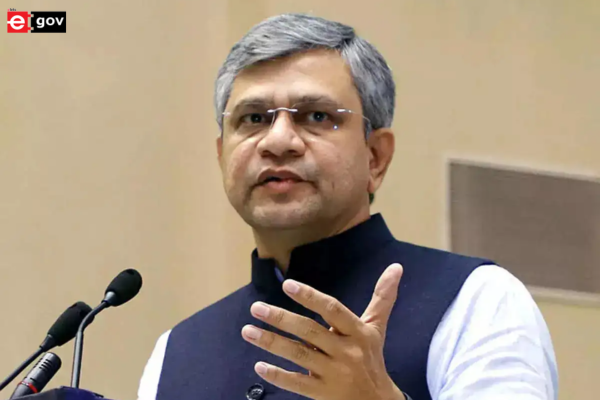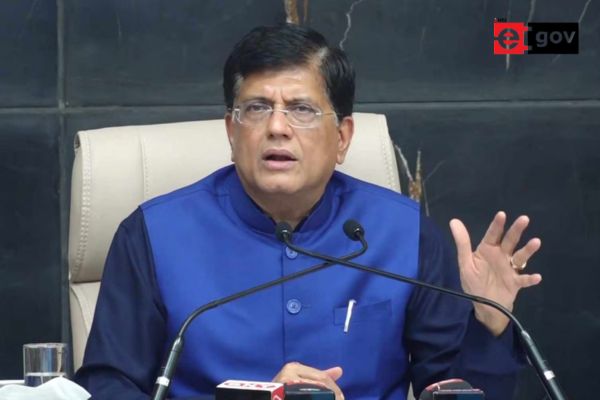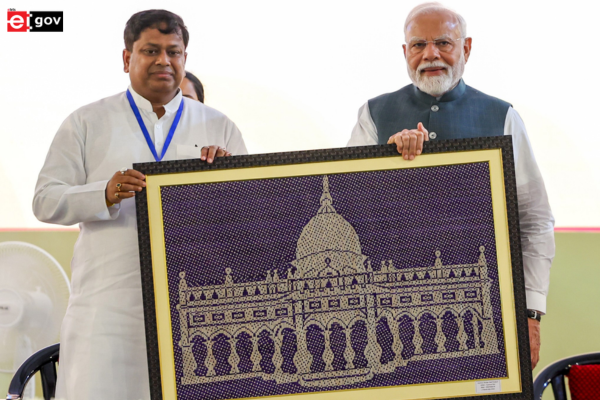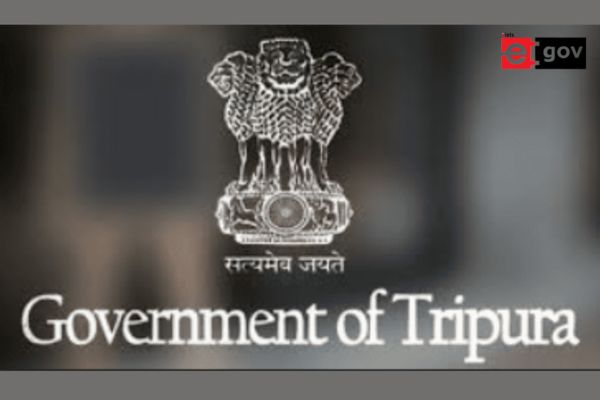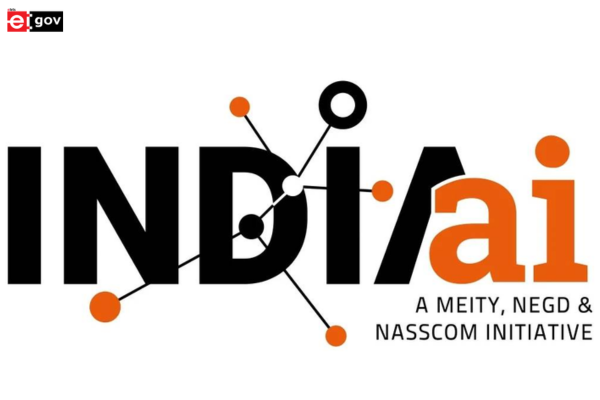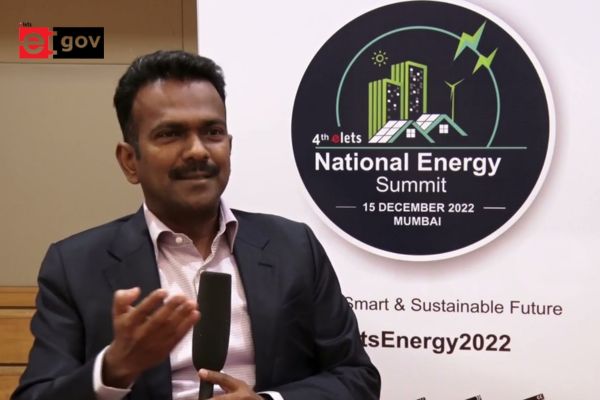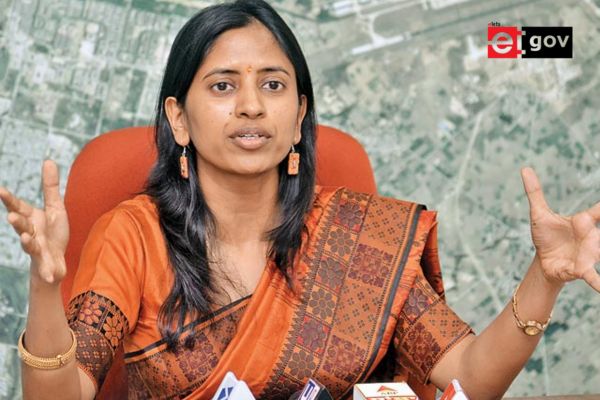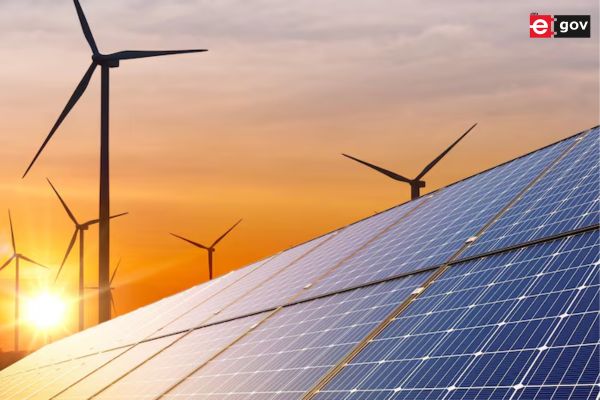
India is making significant strides toward achieving its 2030 clean energy objectives, but a new report highlights the need for enhanced government support in key areas like offshore wind, electric vehicles (EVs), and green hydrogen (GH2). The report, titled ‘Budgeting for Net Zero: Government Support Needed to Meet India’s 2030 Clean Energy Goals’, was jointly published by the Center for Study of Science, Technology and Policy (CSTEP) and the International Institute for Sustainable Development (IISD). It emphasises that while progress is commendable, timely action is essential to fully realize the country’s clean energy ambitions.
The Indian government has set ambitious targets to expand clean technologies by 2030 as part of its broader strategy to boost energy independence, enhance energy security, ensure access, reduce greenhouse gas emissions, and foster industrial development. According to the report, government initiatives and subsidies have driven substantial progress in solar photovoltaic (PV) and battery energy storage systems (BESSs), with no immediate need for additional financial support in these sectors. However, regulatory reforms and accelerated project auctions are critical to maintaining momentum.

On the other hand, emerging technologies such as offshore wind and GH2 face significant cost barriers that require immediate and sustained investment. Offshore wind, in particular, presents the largest cost gap, with government support currently insufficient to close the gap. The report estimates that to exploit India’s 71 GW offshore wind potential, an additional INR 9,000 crore (~USD 1.08 billion) per GW is necessary. Similarly, achieving cost competitiveness for GH2 would require approximately INR 2.8 lakh crore (~USD 34 billion) by 2030.

“The scale of India’s clean energy ambition is extraordinary, but delivering on these goals will demand bold investments and policy alignment,” said Swasti Raizada, Policy Advisor at IISD and co-author of the report. She stressed that technologies like offshore wind and GH2 offer transformative potential for India’s energy sector but need robust and sustained support to unlock their value.

The report’s cost-gap analysis offers critical insights for future policymaking. It reveals that while current support for solar PV and BESSs is sufficient to bridge cost gaps—estimated at INR 14,500 crore (~USD 1.76 billion) for solar PV and INR 2,637 crore (~USD 0.3 billion) for BESSs—the cost gaps for other technologies are considerably larger. These include INR 19,000 crore (~USD 2.29 billion) for electric two-wheelers and a staggering INR 5.1 lakh crore (~USD 61 billion) for offshore wind.

Also Read | NHPC and GGGI Partner to Accelerate Clean Energy Development
The authors argue that early investments in clean energy technologies, even in high-cost sectors, will stimulate greater private investment, ensuring India’s long-term economic resilience and environmental sustainability. “Investing in clean energy now will not only secure India’s global competitiveness but also drive job creation, economic growth, and environmental benefits,” said Anasuya Gangopadhyay, Senior Associate at CSTEP and co-author of the report.
Be a part of Elets Collaborative Initiatives. Join Us for Upcoming Events and explore business opportunities. Like us on Facebook , connect with us on LinkedIn and follow us on Twitter, Instagram.
"Exciting news! Elets technomedia is now on WhatsApp Channels Subscribe today by clicking the link and stay updated with the latest insights!" Click here!




